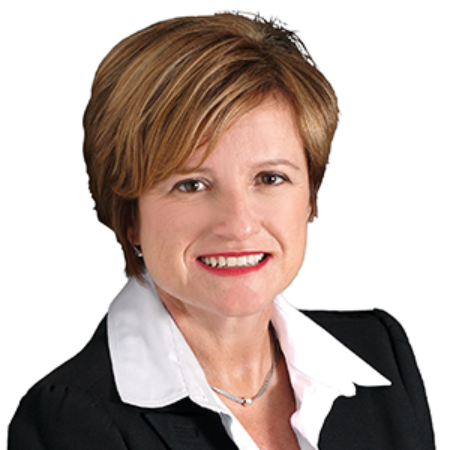If you are a cleaning operations manager—whether in-house or contracted—you walk a tightrope every day.
Facility users want quality cleaning, while the company’s finance department is all about cost. Finance departments want to know what they are getting for their cleaning dollars and that they are not spending more than they should.
Most finance people do not understand the elements and nuances that go into cleaning a building. In fact, until you crunch the numbers, you may not even be clear on where the dollars are going. So, how do you perform quality work, stay within budget, and convince the finance department that it is not overpaying for its cleaning services?
1. Collect accurate data to justify your labor and materials requirements. These requirements will vary dramatically based on:
- Use of space. A surgical unit is very different from an office in terms of the required cleaning procedures and times.
- Floor type. Different floor types have different tasks associated with them. Carpet, laminate, wood, and stone surfaces not only require different cleaning procedures, but also require different products and equipment to do the job.
- Cleanable square feet. This is the square footage of the area that the custodians should access and clean. It should not include things like elevator shafts, mechanical rooms, etc.
2. Know the facility you are cleaning. Many aspects of a facility will affect the cleaning requirements, such as the following:
- Facility type. Manufacturing, health care, educational, and office facilities all require different levels of cleaning.
- Population density. The number of people using the facility on a daily basis will impact cleaning needs.
- Age of facility. A newer facility may be easier to clean than an older one. At least that is the perception. People tend to confuse damage with the cleanliness of the building.
3. Optimize the scope of work to ensure expectations are clear. Consider:
- Frequencies. This is how many times surfaces in specific areas must be cleaned to achieve the prescribed quality standard. For example, the main entrance should be cleaned more often than an office.
- Creating cleaning quality standards. There are many different definitions of clean. Ensure that everyone understands the custodian’s scope of work.
- Implementing creativity. Due to tight budgets, facilities managers are coming up with creative suggestions to cut labor costs. We are seeing a trend where tenants take responsibility for waste removal, and retail environments cut back cleaning on the lower-traffic areas, such as upper floors. Look at the space with fresh eyes rather than doing things as they’ve always been done.
4. Workload your facility. This is where the magic happens. This is the point where it all comes together. This is where you can showcase your ability to systematically evaluate the facility and put together an efficient process for cleaning operations.
By using cleaning management software and inputting the data collected in steps 1 through 3, you can now justify your cleaning labor. Cleaning management software uses time standards from organizations, such as ISSA, the worldwide cleaning industry association, and APPA: Leadership in Educational Facilities, to map out cleaning schedules and calculate how many full-time equivalents (FTEs) it takes to clean a facility. Software can be used to assess a room and visually show how long the cleaning will take to perform.
5. Educate the finance department. Armed with the results of your workloading calculation, you can now educate the finance department about what it is getting for its cleaning dollars. This is the critical step. I know, because I used to be one of those people in the finance department.
Work through different scenarios and be sure to communicate any real risks associated with not cleaning certain areas. The story you tell around the numbers will be key to your success.



